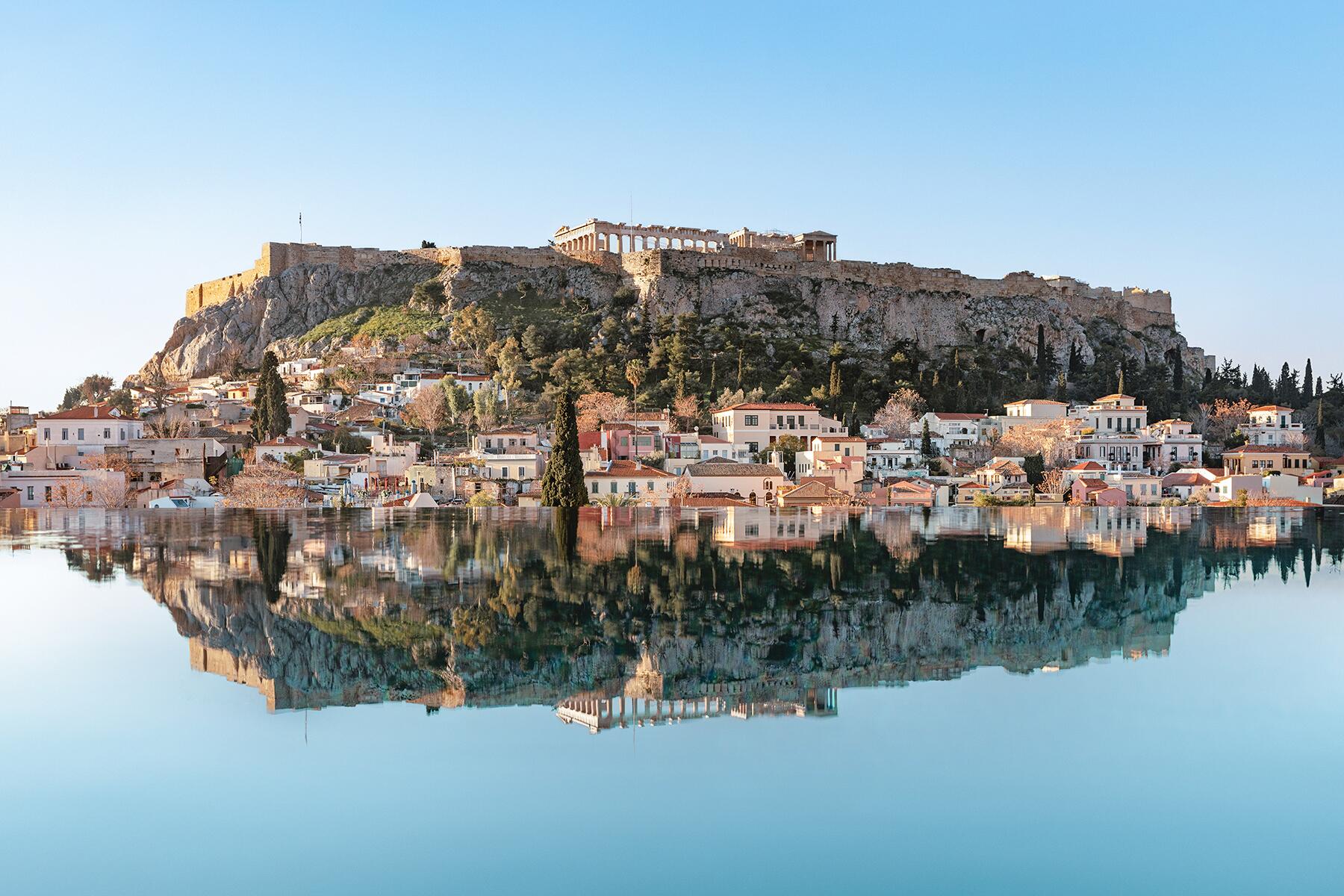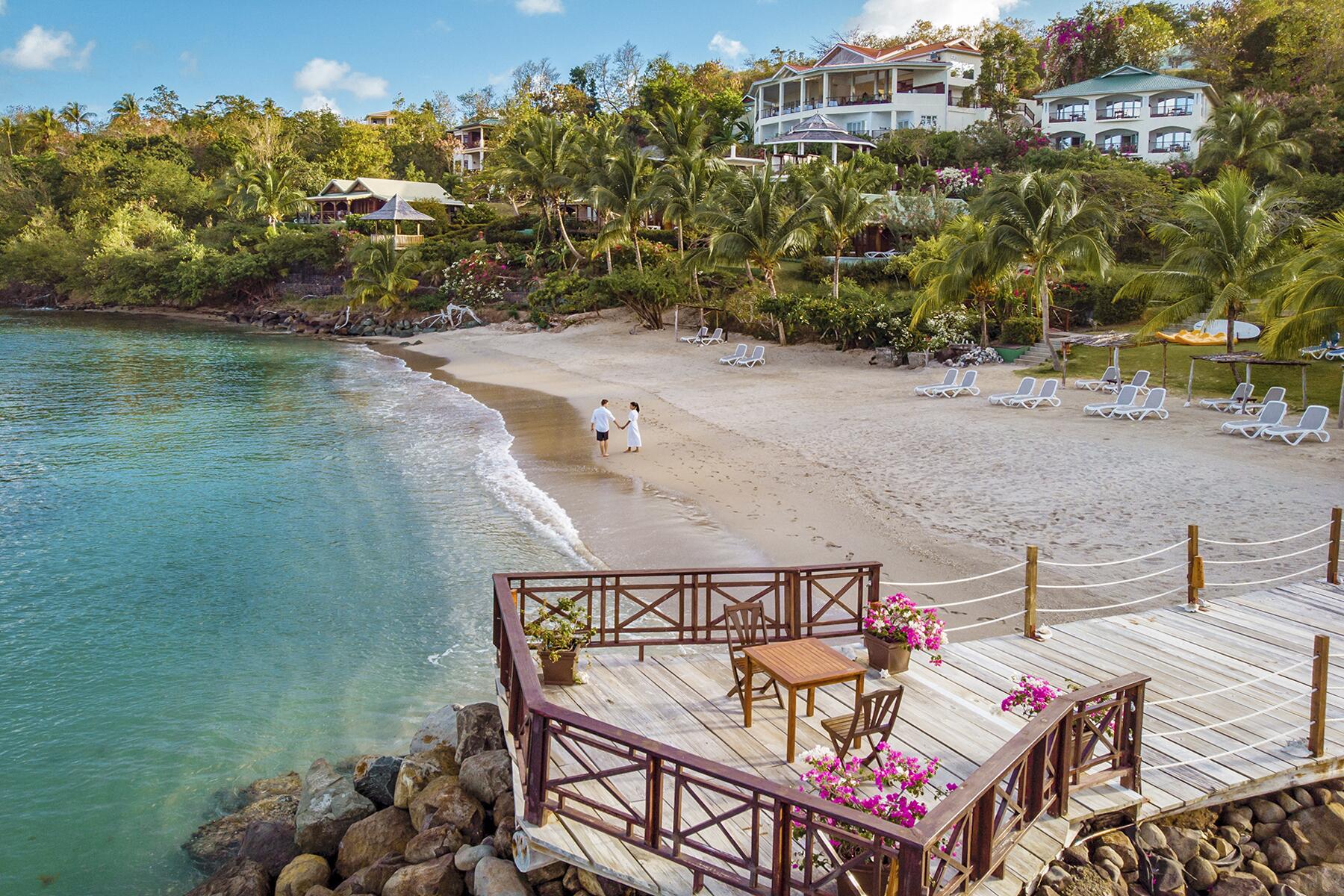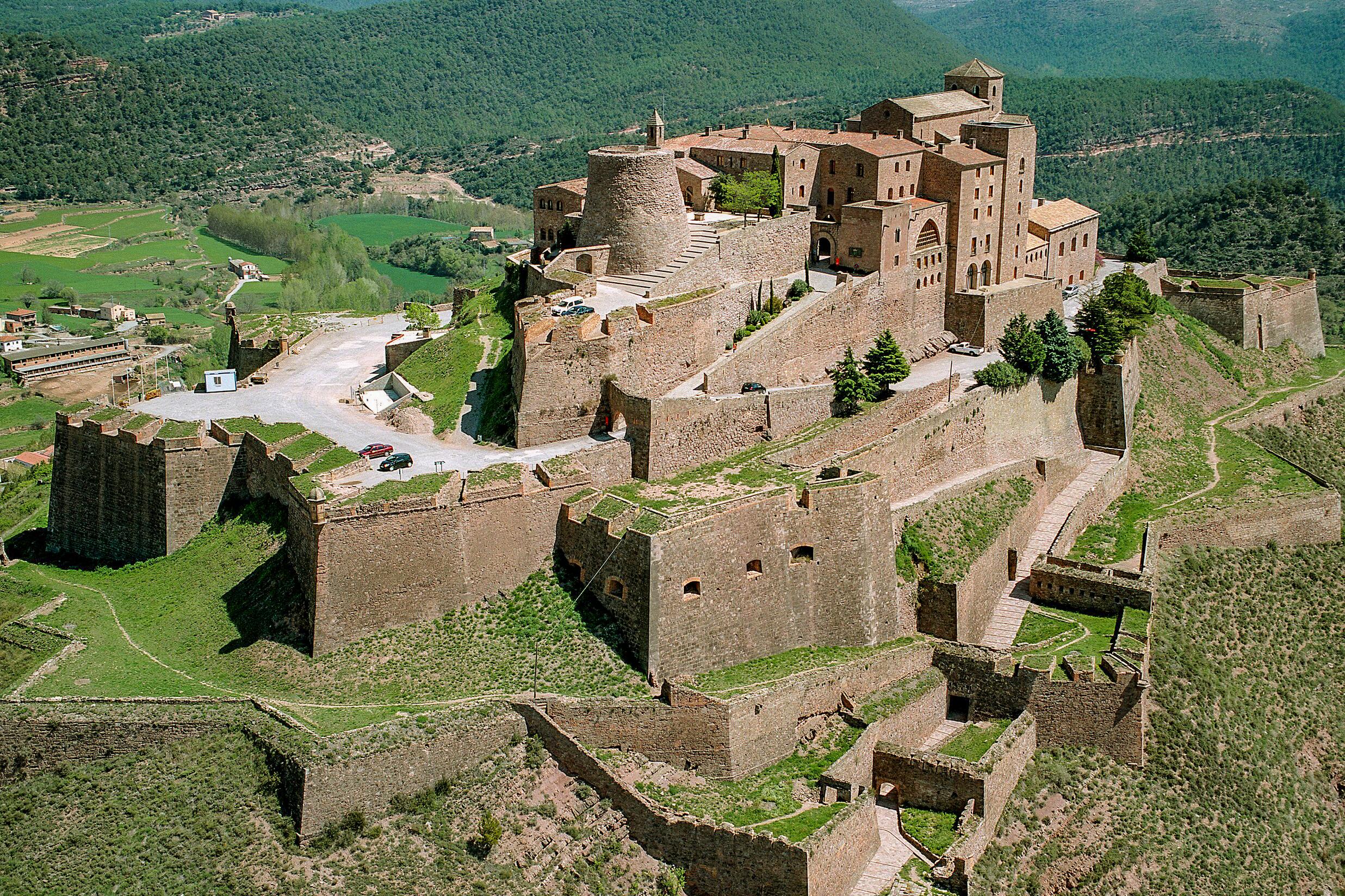Yas, queen—these historical haunts will turn your next Eurotrip into a real-life fairytale.
Imagine escaping to some faraway turret in the sky where you can swan around in silk robes, devour novels and Netflix shows like popcorn, and sip fine wine from your four-poster bed while soaking up views of the Spanish countryside. This may sound like a far-fetched daydream—the type of fantasy you’d conjure up in your cubicle—but if you play your cards right, you can make it a reality on your next trip to Europe.
Castles are everywhere in Spain, immovable vestiges of ancient feuds and vying kingdoms. Most were abandoned centuries ago, but a handful—lucky us—have gotten a new lease on life as exquisite high-end hotels and paradores (the nationwide chain of government-owned lodgings occupying defunct historical buildings). But you don’t have to be a Habsburg flush with bullion to get the royal treatment, especially in the off-season (September–March), when room rates plummet. So hear ye, hear ye: of all the castles in the land, these are our favorite places to post up like kings and queens.




